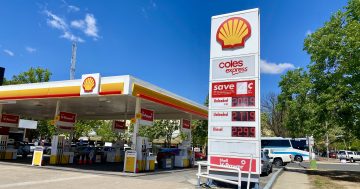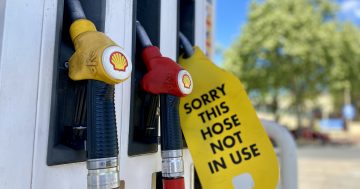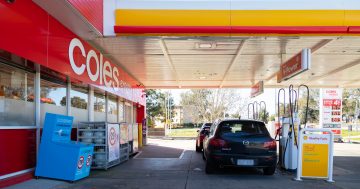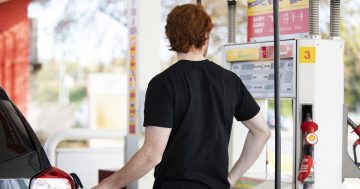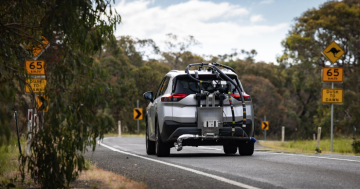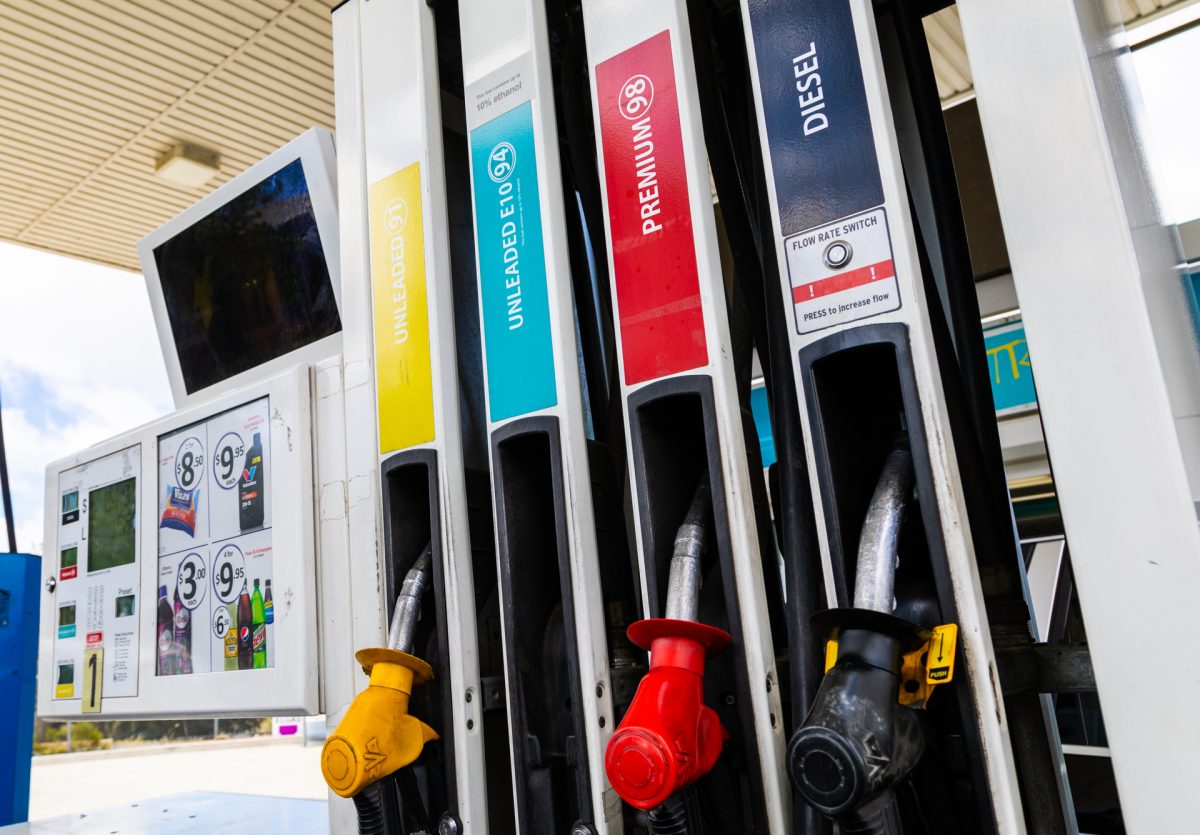
You could easily pay over $2 a litre for regular unleaded if you don’t shop around. Photo: Michelle Kroll.
In response to soaring fuel prices earlier this year, the Federal Government agreed to forgo $2.65 billion of revenue and cut the fuel tax in half until September.
Industry experts agreed the savings were passed onto local motorists within two weeks. So why, come mid-May, are Canberra’s petrol prices knocking on the door of $2 a litre again?
On 19 May, the average price for regular unleaded petrol was $1.94. The cheapest was in Fyshwick at $1.89 and the most expensive in Phillip at $2.09. The premium 95 and 98 octane fuels were over $2.
Fuel excise was slashed from 44 to 22 cents per litre on 29 March to alleviate the effects of rocketing fuel prices. Canberra’s average price for unleaded fuel was $2.08 but dropped by 27 cents within 10 days.
Global oil prices also stabilised, which explained why the decrease in price was slightly larger than the excise cut.
The Australasian Convenience and Petroleum Marketers Association (ACAPMA) is the national peak body representing the interests of Australia’s fuel industry. CEO Mark McKenzie says two forces are now at work in the market.
“A cut to the fuel excise in a single country doesn’t arrest what is happening in the world,” he says.
“The same factors that impacted global oil prices prior to the excise decision remain prevalent.”
That’s predominantly the war in Ukraine which affected oil flows from Russia. Russia is one of the largest producers and exporters of oil in the world, accounting for 9.8 million barrels every day. Since Anzac Day, Mark says global oil prices “have been hopping all over the place” but, on the whole, have risen by 8 per cent.
There are more factors at play.
Oil is traded on the global market in US dollars and the Australian dollar has been falling relative to the green back.
“This means we’re paying more Australian dollars for the same oil, increasing prices by 9 per cent.”
Put together, that explains why the excise cut seems to have evaporated.
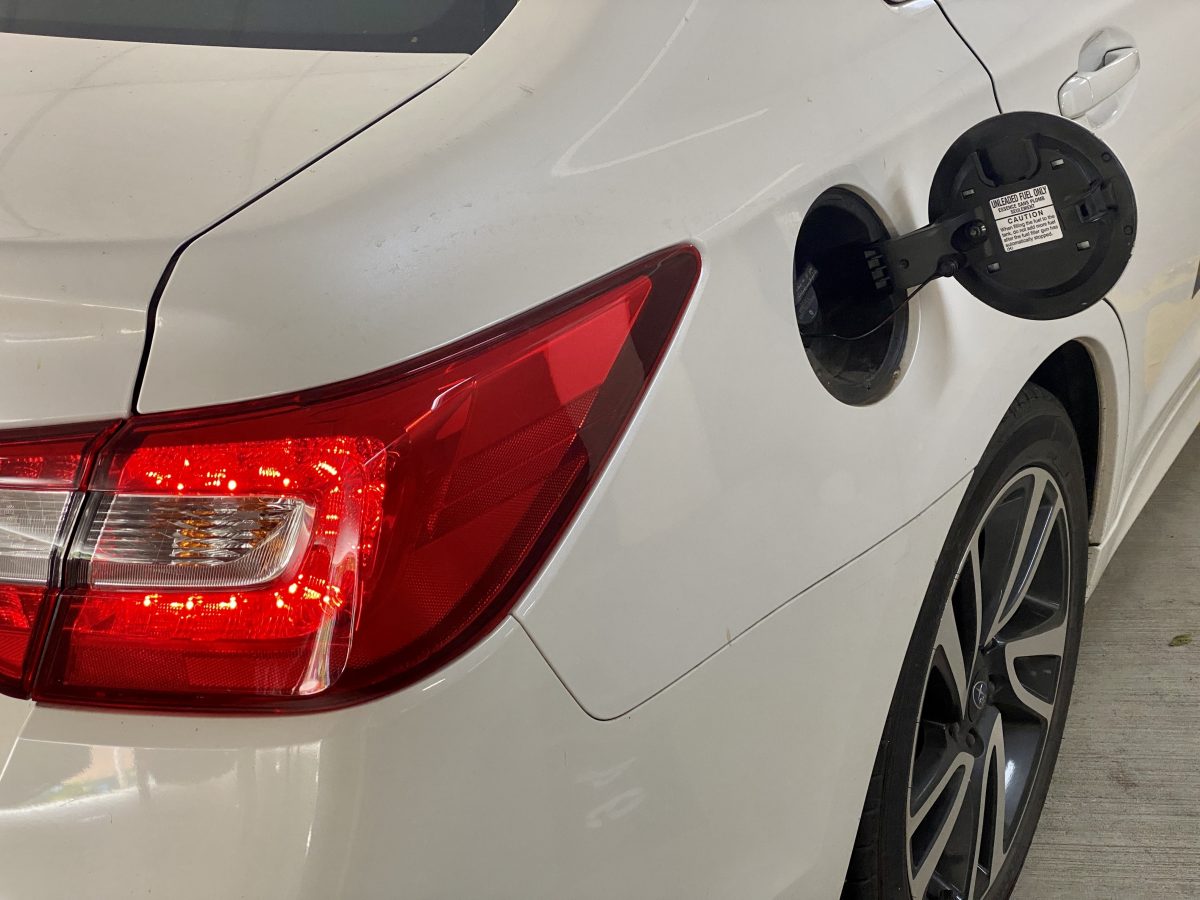
Never a nice day when that door is open. Photo: James Coleman.
“We’re seeing global forces continuing to push global oil prices up and a devaluation of the Australian dollar, both working to increase wholesale prices for fuel retailers,” Mark says.
Were the full excise still in place, Mark says Canberrans would be looking at paying $2.40 for regular unleaded petrol and $2.60 for premium.
“Compare it on that basis and the fuel excise is cutting the cost by about 12 per cent,” he says.
“It’s the other 88 per cent of factors that continue to increase, which is making it challenging for all of us.”
It also means that come 11:59 pm on 28 September, Labor will have the unenviable task of either putting excise back up to 44 cents per litre or wearing the cost to the budget bottom line.
But by this time, Mark says the market pressures should have settled down.
“We’ll get to a situation where the world is used to the impact of the Russia-Ukraine crisis and the oil market will adjust,” he says.
“But at the moment, we’re still in that period where it’s working out what the best strategic course is. That’s creating volatility in the trading prices.”












